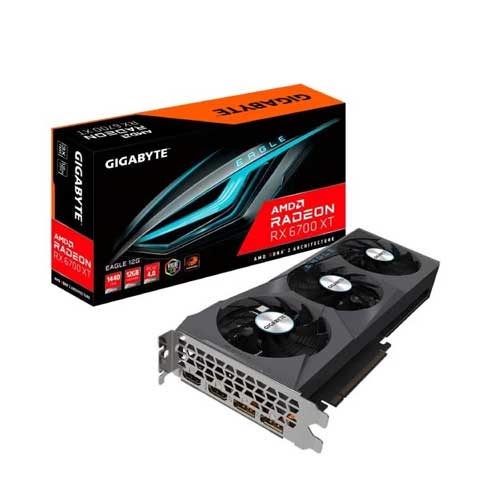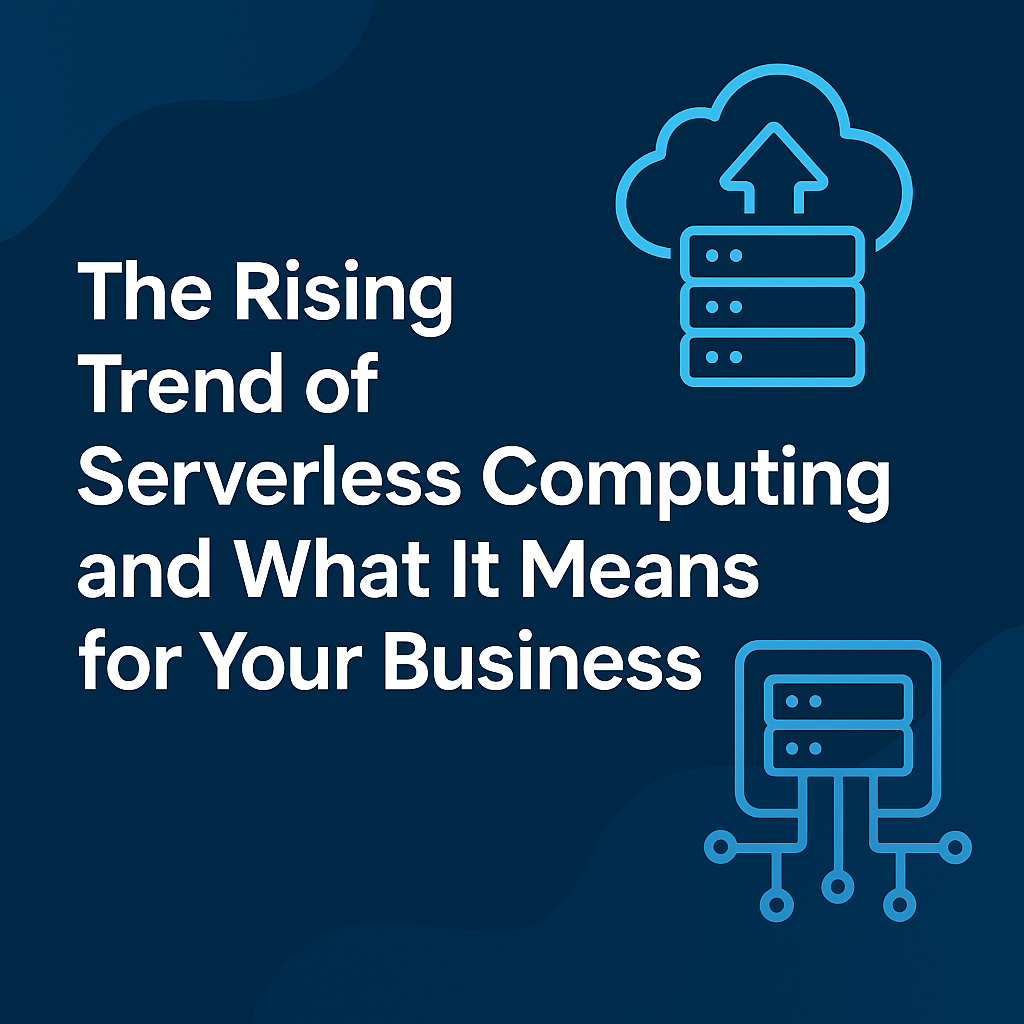
In the digital age, the ability to scale your business is no longer a luxury — it’s a necessity. Whether you’re a rapidly growing startup or a global enterprise expanding into new markets, scalability determines how well you can handle increased workloads, user traffic, and evolving technology demands.
Traditional infrastructure based on physical servers often struggles to keep up with this pace. Adding more servers takes time, requires large capital investment, and often results in overprovisioned resources. That’s where cloud hosting steps in — offering the flexibility, speed, and cost-efficiency needed to scale operations on demand.
In this blog, we explore how cloud hosting solutions provide a technically robust foundation for business scalability, and how to strategically implement them for long-term success.
🧱 What Is Cloud Hosting?
Cloud hosting is a model where websites, applications, and data are hosted across multiple virtualized servers rather than a single physical machine. These resources are provisioned, managed, and accessed through the internet via a cloud provider such as Amazon Web Services (AWS), Microsoft Azure, or Google Cloud Platform (GCP).
Core Characteristics:
- Elasticity – Instantly scale resources up or down based on traffic or load.
- Redundancy – High availability through multi-zone deployments.
- Global Reach – Serve users closer to their location with data centers around the world.
- Automation – Infrastructure managed with code, not manual configuration.

⚙️ The Mechanics of Scalability in the Cloud
Scalability isn’t just about handling more users—it’s about doing so efficiently and reliably without overloading systems or degrading performance.
There are two primary models:
- Vertical Scaling: Increasing the resources (CPU, memory) of a single server.
- Horizontal Scaling: Adding more instances to distribute the workload.
While vertical scaling is simpler, it has hardware limits. Cloud hosting thrives in horizontal scaling, where you can automatically add resources to meet demand.
🧠 Building a Scalable Cloud Architecture
To scale smartly, you need to architect your applications in a way that enables automation and flexibility. Here’s how:
1. Design for Statelessness
Stateful applications (those that store user session data locally) make scaling harder. Instead:
- Store sessions in a centralized cache (Redis, Memcached).
- Use object storage (S3, Azure Blob) for user data.
This makes it easy to spin up or destroy instances without affecting users.
2. Use Auto-Scaling Groups
Tools like AWS Auto Scaling, Azure VM Scale Sets, and GCP Managed Instance Groups monitor traffic and spin up/down instances accordingly.
You define:
- Thresholds (e.g., 80% CPU usage)
- Cooldowns (how quickly to scale again)
- Minimum and maximum resource limits
This ensures you always have enough capacity, but don’t waste money on idle infrastructure.
🔄 Load Balancing for Smart Traffic Distribution
Load balancers intelligently distribute traffic across multiple application instances to avoid overloading any single node.
Key Benefits:
- Improved fault tolerance
- Seamless user experience during peak loads
- Support for zero-downtime deployments
Most cloud platforms offer native solutions like Elastic Load Balancer (AWS) or Azure Application Gateway that integrate tightly with auto-scaling tools.
☁️ Serverless and Containers: Next-Level Scalability
Containers:
Containerized workloads (Docker) can run isolated microservices that are easily scalable through Kubernetes or services like ECS, EKS, AKS, or GKE.
- Pods can autoscale based on CPU or memory usage.
- Kubernetes ensures high availability and failover management.
- CI/CD pipelines automate deployment and updates.
Serverless Functions:
Serverless platforms like AWS Lambda or Azure Functions automatically scale based on usage — from zero to thousands of concurrent executions — and charge only for execution time.
Use serverless for:
- Event-driven workloads
- Real-time processing
- Lightweight APIs

📦 Scalable Data and Storage Architecture
As compute scales, so must your data handling.
For Databases:
- Choose managed DBs like RDS, Cloud SQL, or Cosmos DB.
- Use read replicas, sharding, and caching layers to maintain performance.
For Caching:
- Offload traffic using in-memory caches like Redis or Memcached.
- Store frequently accessed data (session tokens, query results) outside the database.
For File Storage:
- Use object storage (e.g., S3) for images, videos, backups, and logs.
- Enable lifecycle policies to manage storage costs.
🔐 Security and Compliance at Scale
Scaling also expands the attack surface. Your cloud infrastructure should be built with security and governance in mind.
Key Practices:
- Implement IAM policies to control who can do what.
- Use encryption for data in transit and at rest.
- Enable cloud-native security tools (e.g., AWS GuardDuty, Azure Security Center).
- Maintain audit logs, and ensure regulatory compliance (e.g., GDPR, HIPAA).
Scaling securely means every new resource follows the same hardened policies automatically.
🧪 Monitoring and Observability
You can’t manage what you can’t measure. Real-time observability tools help you:
- Detect performance bottlenecks
- Monitor infrastructure health
- Respond proactively to anomalies
Tools:
- Metrics: CloudWatch, Prometheus
- Logs: Fluentd, Loki, Cloud Logging
- Tracing: Jaeger, X-Ray
Set automated alerts, visualize performance trends, and feed metrics into scaling logic.
💰 Scaling Without Breaking the Bank
It’s easy to overprovision resources in the name of performance. But smart cloud users know how to scale affordably.
Cost Optimization Tips:
- Use spot or preemptible instances for fault-tolerant jobs.
- Use auto-scaling to reduce idle costs.
- Apply budgets and usage caps on your accounts.
- Review with tools like AWS Cost Explorer, Azure Cost Management, or GCP Billing Reports.
Scaling well includes monitoring not only performance but also cost efficiency.
🧪 Case Study: Fintech Startup Scaling Globally
A fintech startup launched a loan application platform. Within months, they scaled from 10,000 to over 1 million users across 4 countries.
Challenges:
- Application outages during traffic surges
- Long deployment cycles
- Difficulty managing growing infrastructure
Cloud Strategy:
- Moved to containerized microservices on Kubernetes (EKS)
- Used S3 for document storage
- Integrated CloudFront for faster global delivery
- Added Lambda functions for backend notifications
- Implemented auto-scaling and load balancing
Results:
- 50% reduction in infrastructure cost
- 20x faster deployments
- 99.95% uptime with zero human intervention during scaling events
📋 Summary Checklist
| Feature | Cloud-Based Scalable Solution |
|---|---|
| Compute | Auto-scaling, containers, serverless |
| Load Management | Load balancers, API gateways |
| Storage & Databases | Managed DBs, caching, S3/Blob Storage |
| Security | IAM, encryption, compliance tooling |
| Observability | Metrics, logs, tracing |
| Cost Efficiency | Spot instances, usage tracking |
🎯 Conclusion
Scalability today goes beyond handling high traffic — it’s about ensuring your business can adapt, innovate, and grow without infrastructure becoming a bottleneck. Cloud hosting empowers this agility, offering tools and architectures that support dynamic scaling, rapid deployments, and global reach.
By leveraging cloud-native services like auto-scaling, serverless computing, managed databases, and robust observability, organizations can build resilient systems that scale efficiently — both technically and economically. Whether you're preparing for a product launch or planning long-term growth, cloud hosting provides the foundation for a smarter, scalable future.
The future of business belongs to those who scale smart, not just big..














